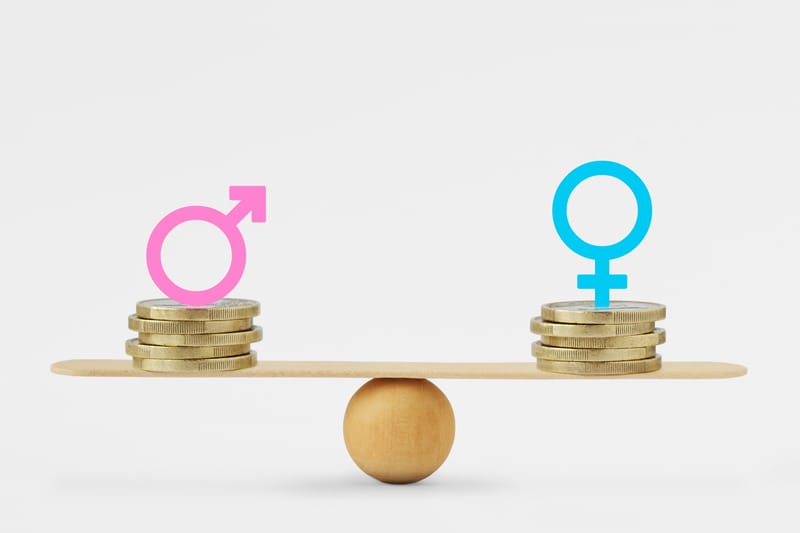Women ages 35 years and younger were 44% more likely to have an ischemic stroke than their male counterparts, according to a new review of more than a dozen international studies on sex differences in stroke occurrence, published in a Go Red for Women 2022 spotlight issue of Stroke, a peer-reviewed journal of the American Stroke Association, a division of the American Heart Association.
In the article, “Systematic Review of Sex Differences in Ischemic Strokes Among Young Adults- Are Young Women Disproportionately at Risk?”, researchers looked at the differences in stroke incidence among women and men in various young adult age groups. They reviewed studies from January 2008 to July 2021 published and indexed on PubMed, an online research database. They included original studies that were population-based and focused on young adults 45 years of age and younger.
The studies included data on any stroke type, including ischemic strokes; hemorrhagic strokes; TIA, or transient Ischemic attack, also called a mini-stroke; and cryptogenic strokes for which no known cause is identified. Most of the strokes in the review were ischemic strokes, which account for about 87% of all strokes.
The researchers identified 16 studies, including a combined total of 69,793 young adults with stroke (33,775 women and 36,018 men), from more than half a dozen countries, including the US, Canada, France, and The Netherlands.
Sex Difference Greatest Among Younger Adults
The authors’ analysis identified the sex differences in the incidence of ischemic strokes was the greatest and most evident among adults younger than age 35 years, with an estimated 44% more women than men in this age group experiencing ischemic strokes. This sex difference narrowed among adults ages 35 to 45 years. Sex differences in older age groups were more difficult to determine due to wide variability in the way data was presented among the studies in this systemic review. The researchers were also not able to identify specific causes behind the higher prevalence of strokes in young women compared to young men.
Researchers noted the variables of their data set that posed limitations to their review included: study populations spanning different continents, including 15 different countries with varying levels of development, and the diversity of the study participants from numerous racial and ethnic groups; methodological differences among the studies; and possible publication bias because larger epidemiology studies may not have published results in the younger age groups due to the relatively small number of cases captured. According to the researchers, the incidence of ischemic stroke increases exponentially with age, and only 15% of all ischemic strokes occur in adults younger than age 50 years.
Based on their analysis, the researchers concluded, “Traditional atherosclerotic risk factors are a major contributor to ischemic strokes in both young men and women and become increasingly important with age. However, these risk factors are less prevalent in younger women and may not account for the observed higher incidence of ischemic strokes in women younger than age 35. Young women who are survivors of ischemic stroke also have worse outcomes, with 2 to 3 times higher risk of poorer functional outcomes compared to their male counterparts.”
The researchers said more research is needed to better define the sex differences of ischemic stroke in young adults and the contributions that non-traditional risk factors, such as pregnancy, postpartum and hormonal contraceptives, may play in the overall burden of ischemic strokes in young women.
“Our finding suggests that strokes in young adults may be happening for different reasons than strokes in older adults. This emphasizes the importance of doing more studies of stroke in younger age groups so that we can better understand what puts young women at a higher risk of stroke. Better understanding which young adults are at risk for stroke can help us to do a better job of preventing and treating strokes in young people.”
— study co-author Sharon N. Poisson, MD, MAS, an associate professor of neurology at the University of Colorado, Denver
Commentary Review
In a commentary review also published in today’s special Stroke issue, “Advances in Stroke: Stroke in Women,” the authors summarized new knowledge about stroke in women. They found recent evidence suggests that:
- Stroke incidence may be increased in young women relative to young men;
- Women with a history of stroke have low risk of pregnancy complications;
- Women with pregnancy complications such as pre-eclampsia and preterm delivery may be at increased risk of stroke for many years after childbirth; and
- The representation and reporting of women in clinical trials of acute stroke continues to be suboptimal.
[Source(s): American Heart Association, EurekAlert]




